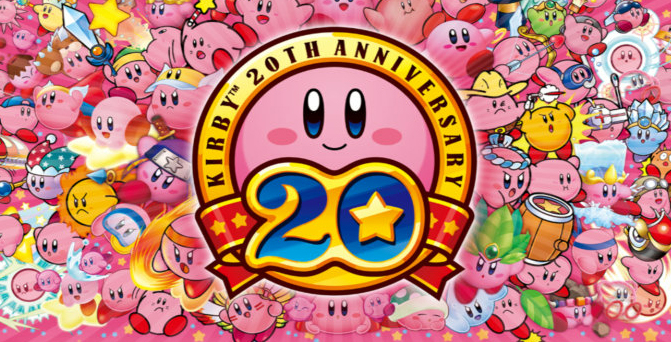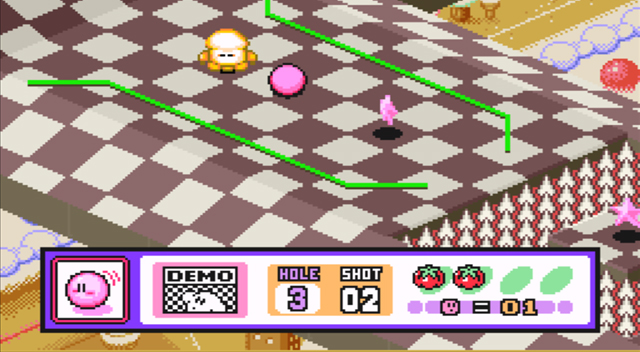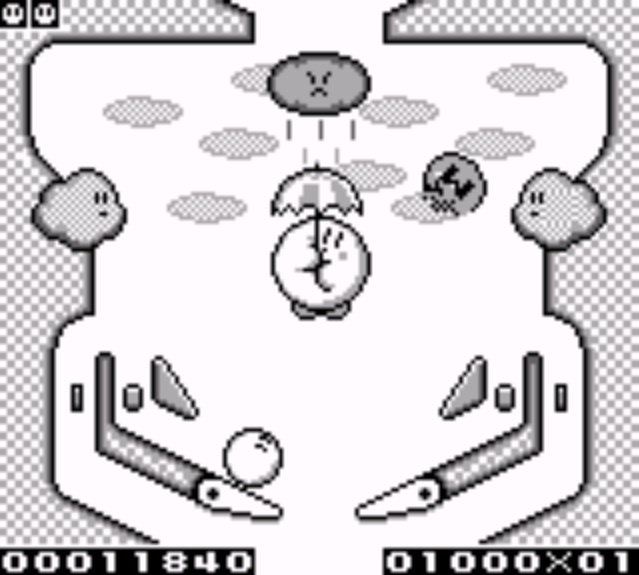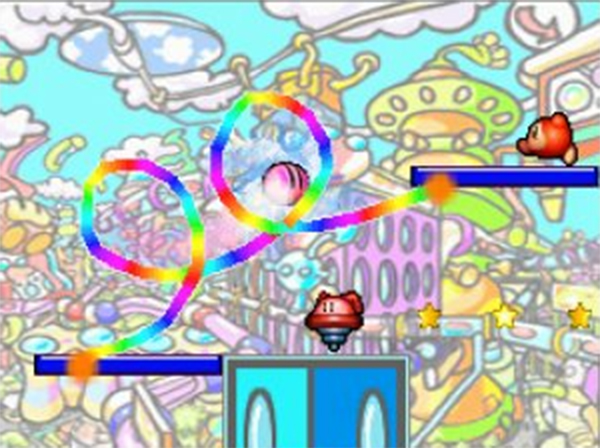At a video-streaming event on Thursday, Japanese gaming giant Nintendo announced plans to release an anthology of titles in the Kirby series for the Wii console to celebrate the pink puffball’s 20th anniversary. The collection will include Kirby’s Dream Land, Kirby’s Dream Land 2 (both originally for the Game Boy, Nintendo’s first handheld system), Kirby Super Star, Kirby’s Dream Land 3 (both originally for the Super Nintendo, the company’s second home console), Kirby’s Adventure (originally for the Nintendo Entertainment System, Nintendo’s first system), and Kirby 64: The Crystal Shards (originally for the Nintendo 64, the Super Nintendo’s successor).
While these are all excellent games, a lot of gems from the franchise’s past are missing from the list. Some of them may not be as conventional as those traditional 2D platformers, but no true celebration of Kirby would be complete without these titles.
Kirby’s Dream Course
What happens when you combine Kirby’s signature ability to copy his foes’ moves with golf? Yes, I know those two things may have nothing to do with each other, but the result is Kirby’s Dream Course, one of the most creative titles released for the Super Nintendo.
Just like with real golf, the goal is to get Kirby (conveniently in the shape of a ball) into a hole in as few turns as possible. Of course, unlike in the real sport, you need to defeat every enemy on the course before the goal will appear. I’m also pretty sure Tiger Woods could never make his ball turn into a rock midair.
Kirby’s Avalanche
Once upon a time, there was a popular puzzle game in Japan called Puyo Puyo. It was like Tetris in that things fell from the top of the screen and collected on the bottom, but, while the goal in Tetris was to create complete rows of blocks, the object of Puyo Puyo was to make a chain of same-colored blobs.
The game was fun, but (as you can guess from the name) it was also very Japanese. When it was brought to the U.S., developers inserted characters that a Western audience would be familiar with to help sales. Sega’s Genesis console got Dr. Robotnik’s Mean Bean Machine, with the cast from the company’s flagship Sonic the Hedgehog series. The Super Nintendo got Kirby’s Avalanche. As expected, it was Puyo Puyo with Kirby characters. And it was great.
Kirby’s Pinball Land
The first Kirby title released after the original Kirby’s Dream Land was actually Kirby’s Pinball Land, another game for Nintendo’s first handheld system, the Game Boy. In case you couldn’t guess from the name, it crossed Kirby with pinball.
That concept may not sound very inspiring, but the best part of Kirby’s Pinball Land was fighting all of the bosses, from that big tree with the face that seems to be in every game in the series through King Deedeedee, Kirby’s arch enemy.
The title was the first in a long line of quirky and unique spin-offs in the franchise and would inspire other gaming-themed takes on pinball for portable systems (like the Game Boy Color’s Pokémon Pinball and the Nintendo DS’ Metroid Prime Pinball).
Kirby’s Canvas Curse
Nintendo’s DS handheld featured a much-hyped touchscreen, but we never really saw it put to good use until Kirby’s Canvas Curse, one of the earliest games released for the dual-screened system. Instead of controlling the pink puffball with conventional buttons, players drew lines (raindbow lines, the best kind) that Kirby rolled on.
Canvas Curse remains one of the best examples of a traditional platformer taken to new heights thanks to innovative controls. While re-releasing the title for the Wii would mean players would lose the touchscreen, the ability to draw in the game’s world could easily be replicated with the Wii motion controller.
VentureBeat's mission is to be a digital town square for technical decision-makers to gain knowledge about transformative enterprise technology and transact. Learn More






